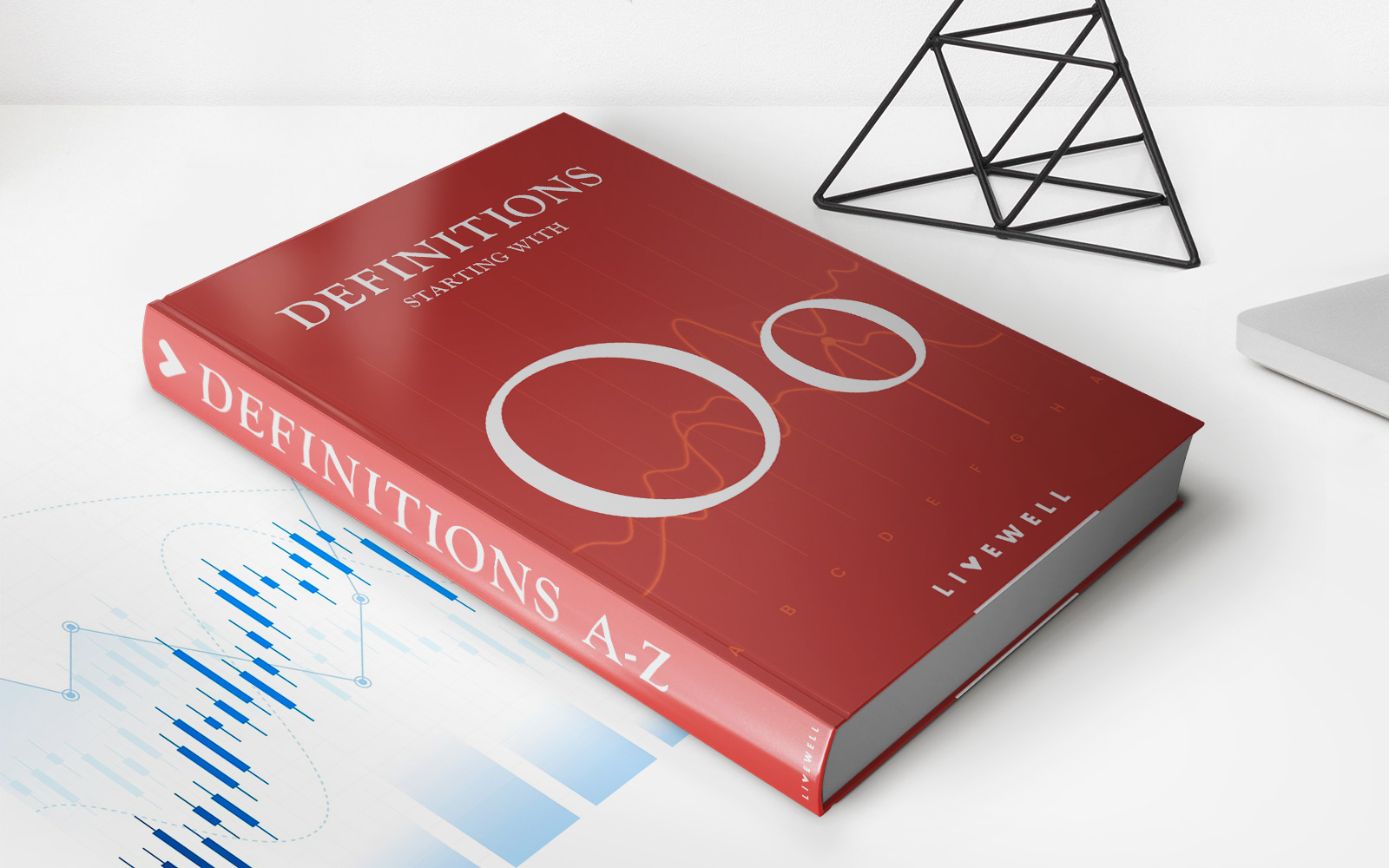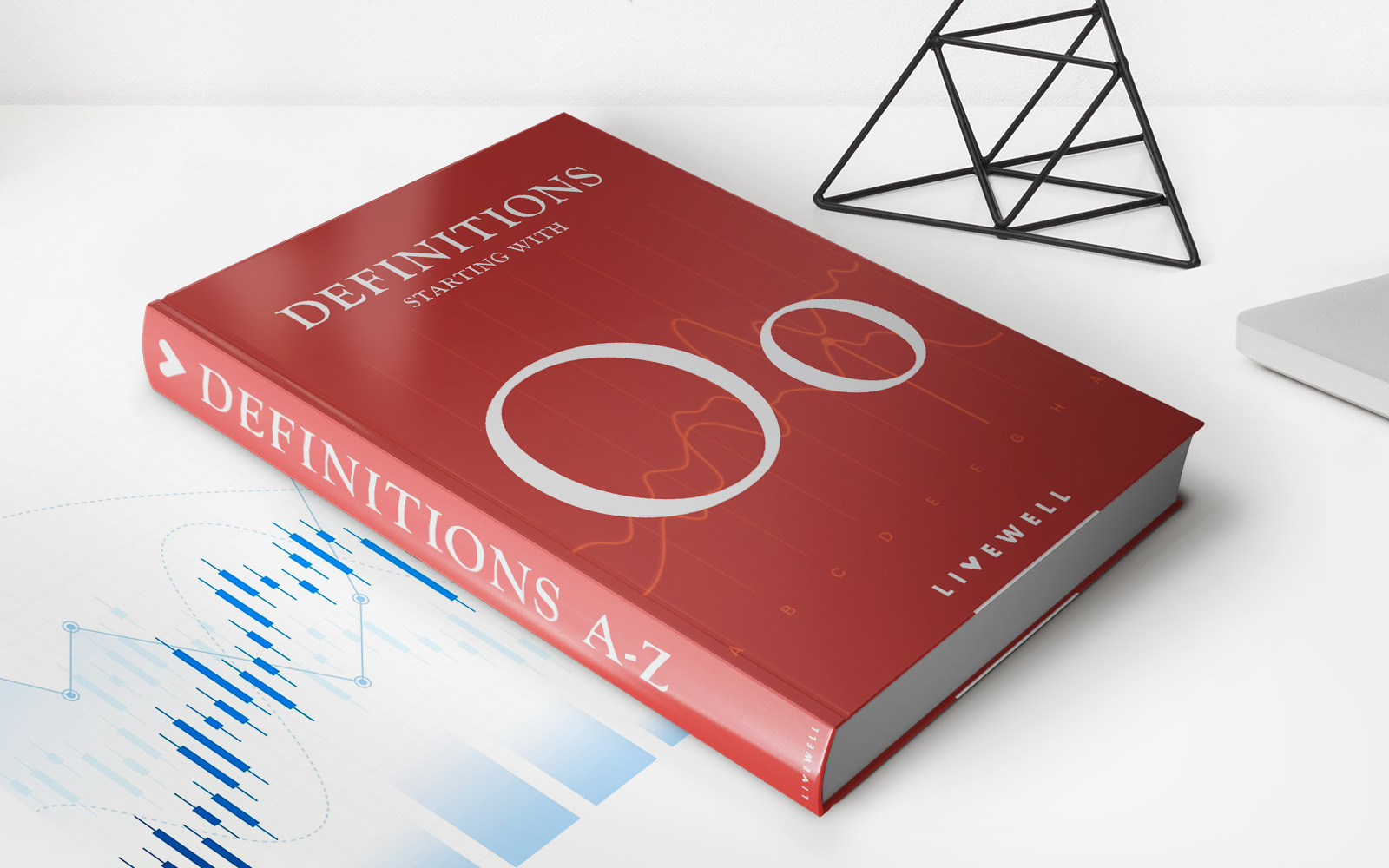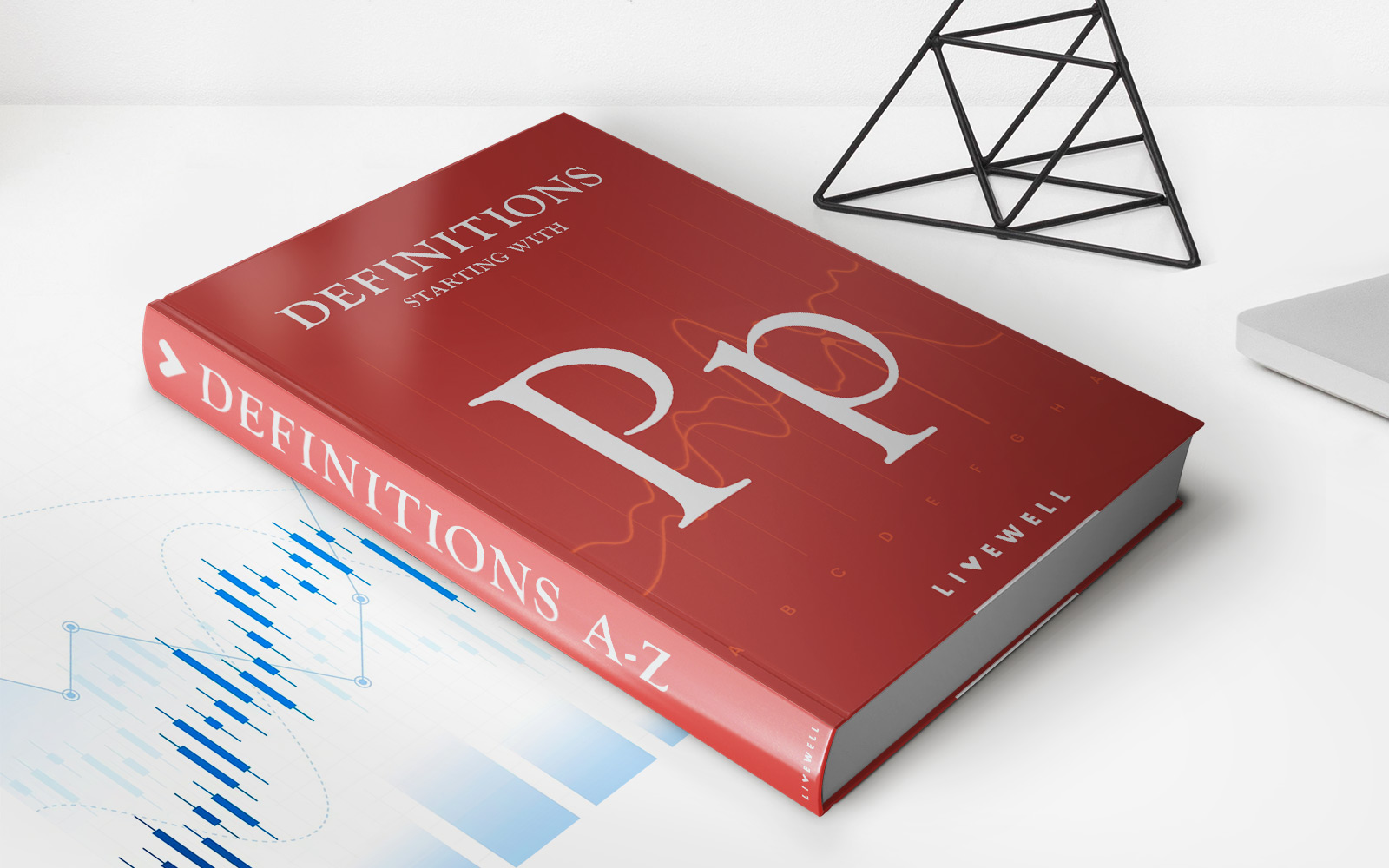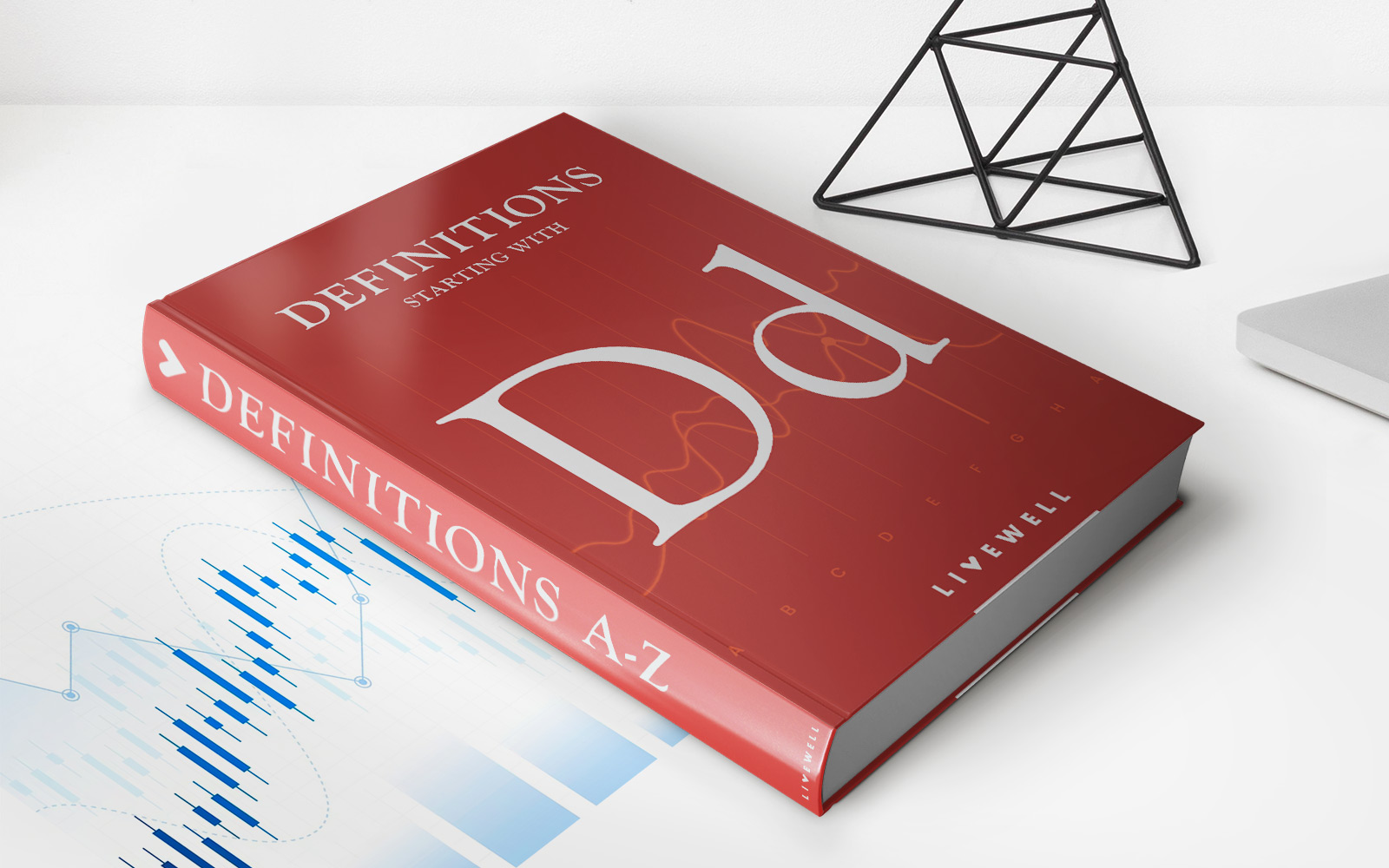

Finance
What Is An Example Of Open-End Credit
Modified: February 21, 2024
Learn about open-end credit in finance and discover an example to understand how it works. Gain insights into the flexibility and benefits of this type of credit.
(Many of the links in this article redirect to a specific reviewed product. Your purchase of these products through affiliate links helps to generate commission for LiveWell, at no extra cost. Learn more)
Table of Contents
Introduction
Open-end credit is a type of credit that allows borrowers to access funds up to a certain limit, known as a credit limit, and then borrow and repay the funds as needed. It is a flexible form of credit that is commonly used for personal and business expenses, offering convenience and financial flexibility to borrowers. Understanding how open-end credit works and its pros and cons is essential to make informed financial decisions. This article will provide a comprehensive overview of open-end credit, including its definition, how it works, characteristics, and examples.
Open-end credit is widely available through various financial institutions such as banks, credit unions, and online lenders. It is typically offered in the form of credit cards, lines of credit, and home equity lines of credit (HELOCs). With open-end credit, borrowers have the freedom to borrow money multiple times up to the specified credit limit without having to reapply each time they need funds.
Open-end credit differs from closed-end credit, such as personal loans or auto loans, where borrowers receive a one-time loan amount that is repaid in fixed installments over a specified period. Instead, open-end credit allows borrowers to use the available credit as needed, making it a more flexible financing option.
Open-end credit can be a valuable tool for managing day-to-day expenses, handling unexpected financial needs, or taking advantage of opportunities to invest or expand a business. However, it is important to use open-end credit responsibly and be aware of its associated costs and potential risks.
In the following sections, we will delve into the details of open-end credit, exploring how it works, its characteristics, and the pros and cons of using this type of credit. Understanding open-end credit will empower you to make informed financial decisions and optimize its benefits while avoiding potential pitfalls.
Definition of Open-End Credit
Open-end credit, also known as revolving credit, is a type of credit that allows borrowers to access a predetermined amount of funds known as a credit limit. Unlike closed-end credit, which provides a fixed loan amount that is repaid over time with fixed installment payments, open-end credit offers borrowers the flexibility to borrow and repay funds as needed, up to the credit limit.
With open-end credit, borrowers can repeatedly borrow and repay funds without needing to go through the application process every time they need additional money. This makes it a convenient option for managing day-to-day expenses and handling unforeseen financial needs.
One of the most common forms of open-end credit is the credit card. Credit cards provide borrowers with a revolving line of credit that can be used to make purchases. The borrower can choose to pay off the balance in full each month, which incurs no interest charges, or make minimum payments with interest charges applied to the remaining balance.
Another example of open-end credit is a line of credit. A line of credit can be obtained from a financial institution and is typically used for personal or business purposes. Borrowers can access funds from the line of credit up to the credit limit, and interest is charged only on the amount borrowed.
Home equity lines of credit (HELOCs) are another form of open-end credit that allows homeowners to borrow against the equity in their homes. The credit limit is based on the appraised value of the home and can be used for various purposes such as home renovations, debt consolidation, or education expenses.
Open-end credit differs from closed-end credit in several ways. With closed-end credit, borrowers receive a one-time loan amount that is repaid over a fixed term with regular installments. Closed-end credit is commonly used for specific purposes like purchasing a car or financing a home. In contrast, open-end credit provides ongoing access to funds that can be borrowed and repaid as many times as needed, within the established credit limit.
Understanding the definition of open-end credit is essential for individuals and businesses looking to access flexible financing options. Knowing the characteristics and workings of open-end credit will help borrowers make informed decisions and effectively manage their credit obligations.
How Does Open-End Credit Work?
Open-end credit works by providing borrowers with a predetermined credit limit that they can borrow against as needed. Here’s a step-by-step overview of how open-end credit works:
- Establishing a credit limit: When a borrower is approved for open-end credit, such as a credit card or line of credit, the lender sets a maximum credit limit. This limit represents the total amount of funds that the borrower can access at any given time.
- Borrowing funds: Once the credit limit is established, borrowers can start using the credit by making purchases or withdrawing cash, depending on the type of open-end credit. For example, with a credit card, the borrower can make purchases at merchants or online retailers. With a line of credit, the borrower may have the option to access funds through checks or electronic transfers.
- Repaying the borrowed amount: After borrowing funds, borrowers are required to make regular payments to repay the borrowed amount. The repayment terms and minimum payment requirements vary depending on the specific open-end credit agreement. Failing to make the required payments can result in late fees, increased interest charges, or damage to the borrower’s credit score.
- Accessing available credit again: One of the key features of open-end credit is that as the borrower repays the borrowed amount, the available credit limit is replenished. This allows the borrower to continue using the credit as long as the total outstanding balance remains within the credit limit.
- Interest charges: Borrowers are typically charged interest on the outstanding balance of the open-end credit. The interest rate may be fixed or variable, depending on the agreement. It’s important for borrowers to carefully manage their balances and make timely payments to avoid accruing significant interest charges.
- Additional fees: In addition to interest charges, open-end credit agreements may include other fees such as annual fees, late payment fees, cash advance fees, or balance transfer fees. Borrowers should review the terms and conditions of their open-end credit to fully understand the associated fees.
Open-end credit provides flexibility and convenience to borrowers, allowing them to have ongoing access to funds up to the credit limit. However, it is crucial for borrowers to use open-end credit responsibly and avoid excessive borrowing that could lead to financial strain. Paying attention to payment due dates, making more than the minimum payments, and keeping balances within manageable levels are all key practices for effective management of open-end credit.
Characteristics of Open-End Credit
Open-end credit, also known as revolving credit, possesses several key characteristics that distinguish it from other types of credit. Understanding these characteristics is vital for borrowers to effectively manage their open-end credit obligations. Let’s explore the main characteristics of open-end credit:
- Credit limit: Open-end credit comes with a predetermined credit limit, representing the maximum amount of funds that borrowers can access at any given time. The credit limit is set based on various factors such as the borrower’s creditworthiness, income, and repayment history.
- Flexibility: One of the primary advantages of open-end credit is its flexibility. Borrowers can use the credit as needed, up to the specified credit limit, and repay the borrowed amount on their own timeframe. This flexibility allows borrowers to manage their expenses, handle unexpected financial needs, and take advantage of opportunities as they arise.
- Revolving nature: Open-end credit operates on a revolving basis, meaning that as borrowers repay the borrowed amount, the available credit limit is replenished. This allows borrowers to reuse the credit as long as they remain within the established credit limit. Unlike closed-end credit, which is a one-time loan with a fixed repayment period, open-end credit offers ongoing access to funds.
- Interest charges: Borrowers are typically charged interest on the outstanding balance of their open-end credit. The interest rate can be either fixed or variable, depending on the terms of the credit agreement. It is crucial for borrowers to manage their balances and make timely payments to avoid excessive interest charges.
- Minimum payments: Open-end credit agreements often require borrowers to make minimum payments on a monthly basis. These minimum payments are typically a percentage of the outstanding balance or a fixed amount specified in the credit agreement. Failing to make the minimum payments can result in late fees and negative impacts on the borrower’s credit score.
- Additional fees: In addition to interest charges, open-end credit may come with other fees. These can include annual fees, balance transfer fees, cash advance fees, and foreign transaction fees, among others. Borrowers should carefully review the credit agreement to understand these fees and evaluate the overall cost of using the open-end credit.
Understanding the characteristics of open-end credit enables borrowers to navigate the credit effectively and make informed financial decisions. By staying within the credit limit, managing balances, and making timely payments, borrowers can leverage the flexibility and convenience of open-end credit while minimizing associated costs. It is important to read the terms and conditions of the specific open-end credit agreement and consult with a financial advisor if needed to ensure responsible credit management.
Pros and Cons of Open-End Credit
Open-end credit, also known as revolving credit, offers several advantages and disadvantages to borrowers. Understanding the pros and cons of open-end credit is crucial for individuals and businesses looking to utilize this type of credit effectively. Let’s explore the advantages and disadvantages of open-end credit:
Pros of Open-End Credit:
- Flexibility: Open-end credit provides borrowers with the flexibility to access funds as needed, up to the established credit limit. Borrowers can borrow and repay funds multiple times, making it a convenient financial tool for managing day-to-day expenses and unexpected financial needs.
- Convenience: Open-end credit, such as credit cards or lines of credit, offers a convenient method of payment. Borrowers can make purchases, both online and in-person, without the need for cash or immediate upfront payment. This can be particularly useful for emergency expenses or when cash flow is tight.
- Build credit history: Effective management of open-end credit can help borrowers establish and improve their credit history. By making timely payments and maintaining a low credit utilization ratio, borrowers can demonstrate responsible credit behavior, which can positively impact their credit score over time.
- Rewards and perks: Many open-end credit products come with rewards programs or perks. Credit cards, for example, often offer cashback, airline miles, or loyalty points for every dollar spent. These rewards can provide additional benefits to borrowers who actively manage their open-end credit.
Cons of Open-End Credit:
- High-interest rates: Open-end credit often comes with relatively high-interest rates compared to other forms of credit. If borrowers carry a balance month-to-month or only make minimum payments, the interest charges can accumulate, leading to increased overall debt and financial strain.
- Temptation to overspend: The ease and convenience of open-end credit can lead to overspending if borrowers are not disciplined in their borrowing and repayment habits. It can be tempting to continuously borrow funds, leading to higher debt levels and potential financial difficulties if not managed responsibly.
- Additional fees: Open-end credit agreements may include various fees beyond interest charges, such as annual fees, late payment fees, or cash advance fees. These additional fees can add to the overall cost of using open-end credit and should be considered when evaluating its financial impact.
- Potential for debt accumulation: If borrowers do not manage their open-end credit responsibly, they can easily accumulate debt that becomes difficult to repay. Relying heavily on open-end credit without a solid financial plan and budget can lead to a cycle of debt and financial stress.
When utilizing open-end credit, it is essential for borrowers to weigh the pros and cons and assess their own financial situation. Responsible use of open-end credit involves maintaining a manageable credit limit, making timely payments, and keeping balances within a comfortable range. By understanding the advantages and disadvantages of open-end credit, borrowers can make informed decisions and effectively manage their credit obligations.
Examples of Open-End Credit
Open-end credit is a versatile financial tool that is available in various forms. Here are a few examples of open-end credit:
- Credit Cards: Credit cards are one of the most common examples of open-end credit. They provide borrowers with a revolving line of credit that can be used to make purchases. Borrowers can choose to pay off the balance in full each month or make minimum payments while accruing interest on the remaining balance. Credit cards often come with additional features and rewards programs, making them a popular choice for everyday spending and building credit history.
- Lines of Credit: A line of credit is another example of open-end credit. It is typically offered by financial institutions to individuals or businesses. Borrowers can access funds up to the established credit limit and repay them on their own schedule. Lines of credit can be used for various purposes, such as covering short-term cash flow gaps or funding business expansions. Interest is charged only on the amount borrowed, making lines of credit a flexible financing option.
- Home Equity Lines of Credit (HELOCs): HELOCs are open-end credit options that allow homeowners to borrow against the equity in their homes. The credit limit is determined based on the appraised value of the home and can be used for purposes such as home renovations, debt consolidation, or educational expenses. HELOCs often have variable interest rates and a draw period during which borrowers can access funds, followed by a repayment period during which the borrowed amount must be repaid.
- Retail Store Credit Cards: Many retail stores offer their own branded credit cards, which operate as open-end credit. These cards can only be used at the specific store or associated chain of stores. They often come with benefits such as discounts, rewards, or special financing options for purchases made at the retailer. Retail store credit cards can be useful for frequent shoppers who want to earn rewards and take advantage of exclusive offers.
These examples demonstrate the diverse range of open-end credit options available to borrowers. Each type of open-end credit comes with its own terms, conditions, and benefits. It is important for borrowers to carefully consider their financial needs, credit goals, and ability to manage credit responsibly when choosing and utilizing open-end credit.
Conclusion
Open-end credit provides borrowers with a flexible and convenient way to access funds up to a predetermined credit limit. Whether through credit cards, lines of credit, or home equity lines of credit (HELOCs), open-end credit offers financial flexibility and the ability to borrow and repay funds as needed.
Throughout this article, we have explored the definition of open-end credit, how it works, its characteristics, and the pros and cons of using this type of credit. Open-end credit offers advantages such as flexibility, convenience, the ability to build credit history, and potential rewards. However, it also comes with considerations such as high-interest rates, additional fees, temptation to overspend, and the potential for debt accumulation.
When utilizing open-end credit, it is crucial for borrowers to do so responsibly. This includes staying within the credit limit, making timely payments, and managing balances effectively. By understanding the nature of open-end credit, borrowers can make informed financial decisions and take advantage of its benefits while mitigating potential risks.
As with any financial tool, it is important for individuals and businesses to evaluate their specific needs, financial goals, and budgetary constraints when considering the use of open-end credit. By doing so, borrowers can optimize the advantages of open-end credit and avoid potential pitfalls.
In conclusion, open-end credit can be a valuable tool for managing day-to-day expenses, handling unexpected financial needs, and building credit history. When used responsibly, it offers flexibility and convenience. However, borrowers should exercise caution and make informed decisions to avoid excessive debt and financial difficulties. By understanding the concept of open-end credit and its implications, individuals and businesses can make the most of this financing option and achieve their financial goals.














